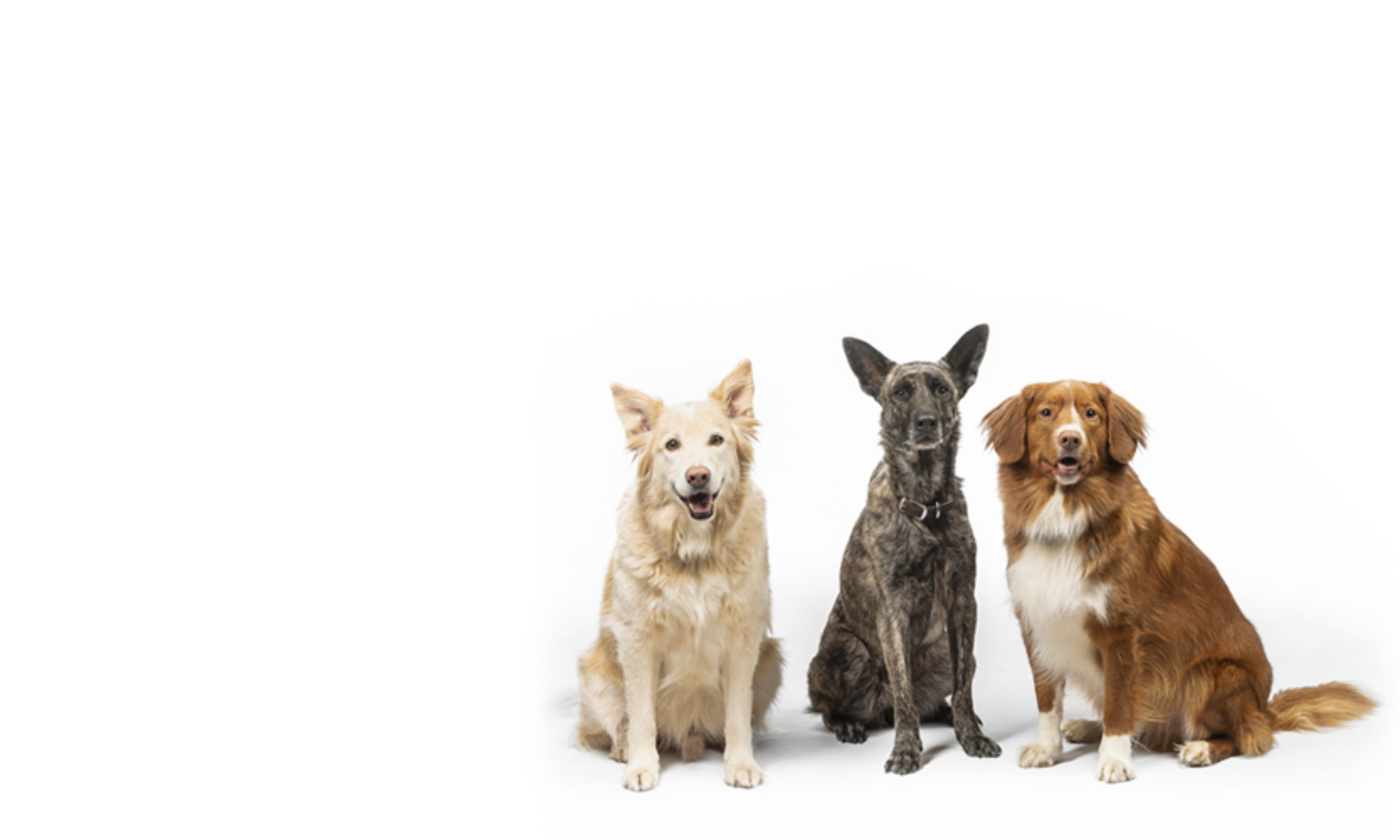The desire to play with our dog’s is one facet of dog ownership that just comes naturally. New puppies are almost always interested in playing with their toys (and with anything that you own too!) and we take pleasure in seeing older, newly adopted or re-homed dogs ‘re-learning’ how to play.
One of the most unique aspects of dog development is that they retain their juvenile desires for social interaction and play as they age. Their love of playing doesn’t end when puppyhood is over. So it is often the case that owners want to play with their dogs but are not sure how, because play also brings about behaviours that we sometimes may not enjoy. These behaviours include growling, barking, jumping and excitability. While these behaviours can be intimidating and alarming at first, we want to encourage you to seek what style of play works for your dog, and learn the benefits it can give your training routine, as well as your relationship.

How Play Impacts Training
The benefits of play in training are often seen in dog’s who are trained for high level competition. Sports such as Obedience and Agility revolve around the dog’s ability to perform a specific set of tasks accurately, while demonstrating drive and composure. In most sports, food rewards are not allowed anywhere near the trial field – which means that dogs are performing these tasks without an immediate reward. So, how do trainers get this performance? The foundation of it revolves around play and building motivation to work together.

Most puppies exhibit curiosity and interest in novel items, it’s what makes them so much work when they are little. Exposing your dog to ‘play time’ encourages them to become independent and confident, but directly playing with them sets an amazing foundation for their life long training plan.
Playing with them, whether through tug of war, food play, or ‘chase me’ type games allows your dog to create a bond with you that revolves around direct interaction with you. If they enjoy being with you and actively seek you out, then your training foundations become easier to solidify later on when teaching, for example, focus and engagement or loose leash walking.
You also create motivation for a reward that does not always revolve around food. A toy, or direct interaction with you becomes the ultimate ‘fun’ thing to do for your puppy and eliminates the obsession that some dogs have with food rewards in training. These types of rewards are called secondary rewards (toys) and environmental rewards (access to play), and both are long term reinforces for good behaviour. This is how our dogs are able to compete and trial successfully: they find the ‘training game’ (which is really just play disguised as rewards for good behaviour) fun!
Your dog does not need to be a competition prospect to learn and benefit from these skills. You can easily implement play to perfect behaviours and teach it in a way that is controlled and safe.
How to Encourage Your Dog to Play
- Find what motivates your dog
While some dog’s prefer tug like toys, others enjoy a ball (like Ebony!). Others prefer a frisbee and some enjoy stuffed animals. Whatever toy your dog tends to gravitate towards, use it. We do not choose what motivates our dog’s – they do. It is what makes them individuals and unique, and with some careful observation about the kinds of toys they tend to pick out of their toy bin more frequently you can likely see a preference emerge!
2. Keep the toy fun and novel
We are all guilty of letting our dog’s have access to ‘too many’ toys at once; your living room may currently be littered with them! Instead, keep your dog’s favourite toy hidden and bring it out for brief periods of play with you. When play is over, the toy gets put away. You can also rotate which toys your dog has access to at once, so that every time they see an old one, it’s just like new again!
3. Start rewarding simple skills
Getting our dog’s to start working for ‘toys’ is pretty simple: just start rewarding with it! When you bring out their favourite toy, wait for them to calmly sit for you before verbally marking that correct behaviour with a YES and tossing the toy for them. This can instigate a game of fetch or tug, where you can continue to reward good behaviours. A few examples of behaviours to reward are…
- Eye contact
- Sit or Down
- An ‘OUT’ command
- Loose Leash Walking for 5 paces
- Heeling for 5 paces
- Spin
- Target
Need an example of what a controlled, calm play session looks like? Check out our video below and don’t forget to have fun with your dog. Happy Training!

